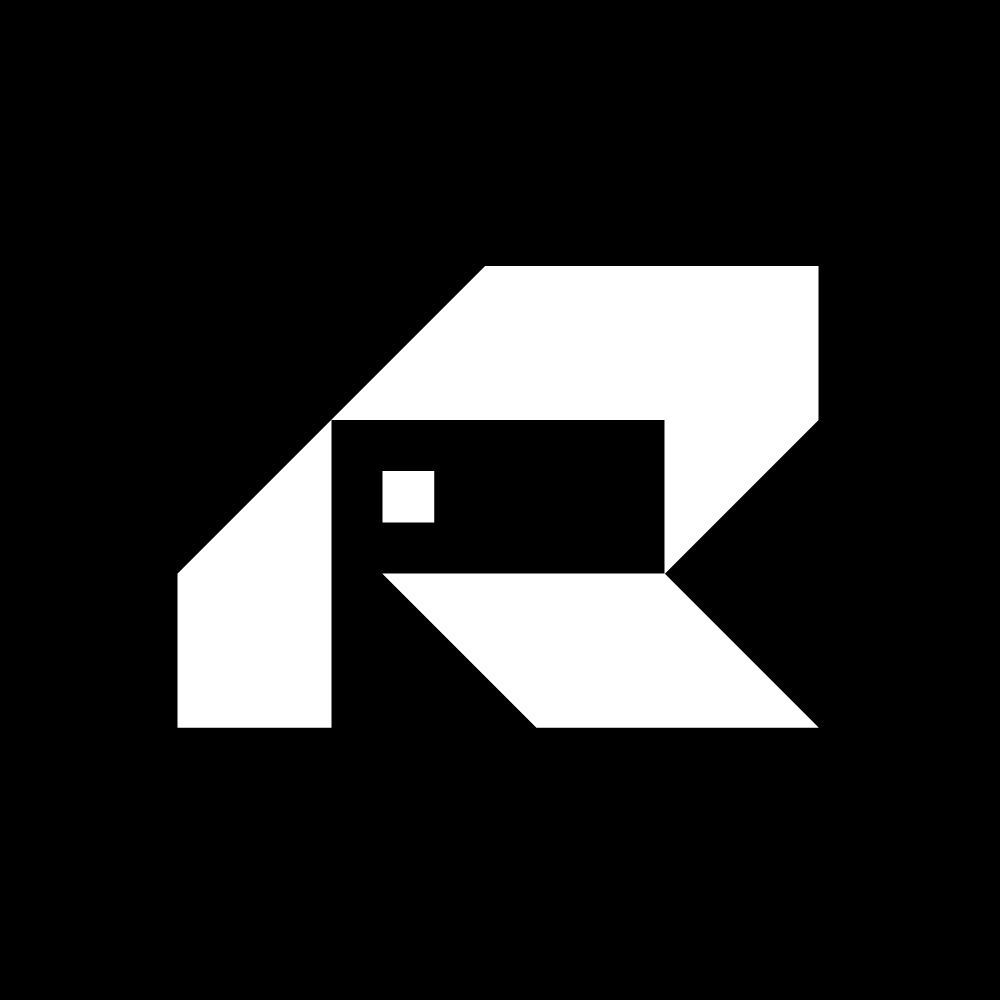231 reads
What are the Essential Healthcare IT Standards & Regulations?
by
March 24th, 2022
Audio Presented by
About Author
We turn AI ambition into working systems — GenAI, data, and everything in between
Comments
TOPICS
Related Stories
This Library Translates Confusing FHIR Dosage Data Into Actual Human Words
@hacker3101625
Feb 11, 2025
This Library Translates Confusing FHIR Dosage Data Into Actual Human Words
@hacker3101625
Feb 11, 2025
